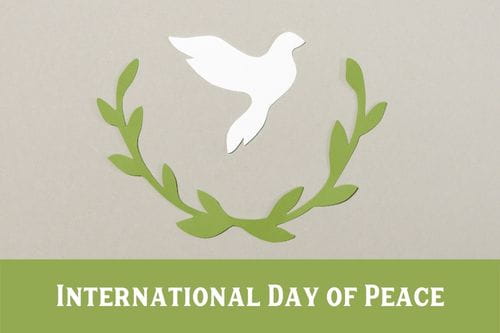In celebration of International Day of Peace, celebrated annually on September 21, we are excited to offer this space to founding AMS Peace & Social Justice Committee Member, Judi Bauerlein as she shares resources and reflections on Peace Education in Montessori.
The AMS Peace & Social Justice Committee serves as an inspiration and resource for weaving concepts of peace, equity, humanitarianism, and world citizenship into Montessori venues and beyond.
From spearheading efforts that address global or national crises, such as systemic racism and bias, to helping teachers make connections that build understanding and friendship, committee members are active and responsive. They know that as engaged and compassionate citizens of the world, Montessori educators contribute to their communities in myriad ways, and they welcome your participation.
Resources from Members of the AMS Peace & Social Justice Committee
Music & Song
- I Will Be Gentle With Myself (3:54)
- Peace Round (1:12)
- Light a Candle for Peace (2:09)
- Inner Peace by Beautiful Chorus (4:06)
- Everything I Need by Geminelle (3:49)
- Dolphin Dreams by Jonathan Goldman (Full album: 1 hour 5 minutes)
- Chakra Suite by Steven Halpern (Full album: 1 hour 13 minutes)
“We use this relaxation CD at naptime for the younger children who still nap. It is supposed to help one with alpha waves and balance the chakras. It is also helpful for the adults in the nap room. Originally, we had tried classical music in the nap room; however we sometimes were surprised partway through by a lively, vigorous passage just as children were beginning to nap! We thought classical might work better at lunchtime or some other time of day.”— Carolyn Kambich
Poetry
The opinions expressed in Montessori Life are those of the authors and do not necessarily represent the position of AMS.


